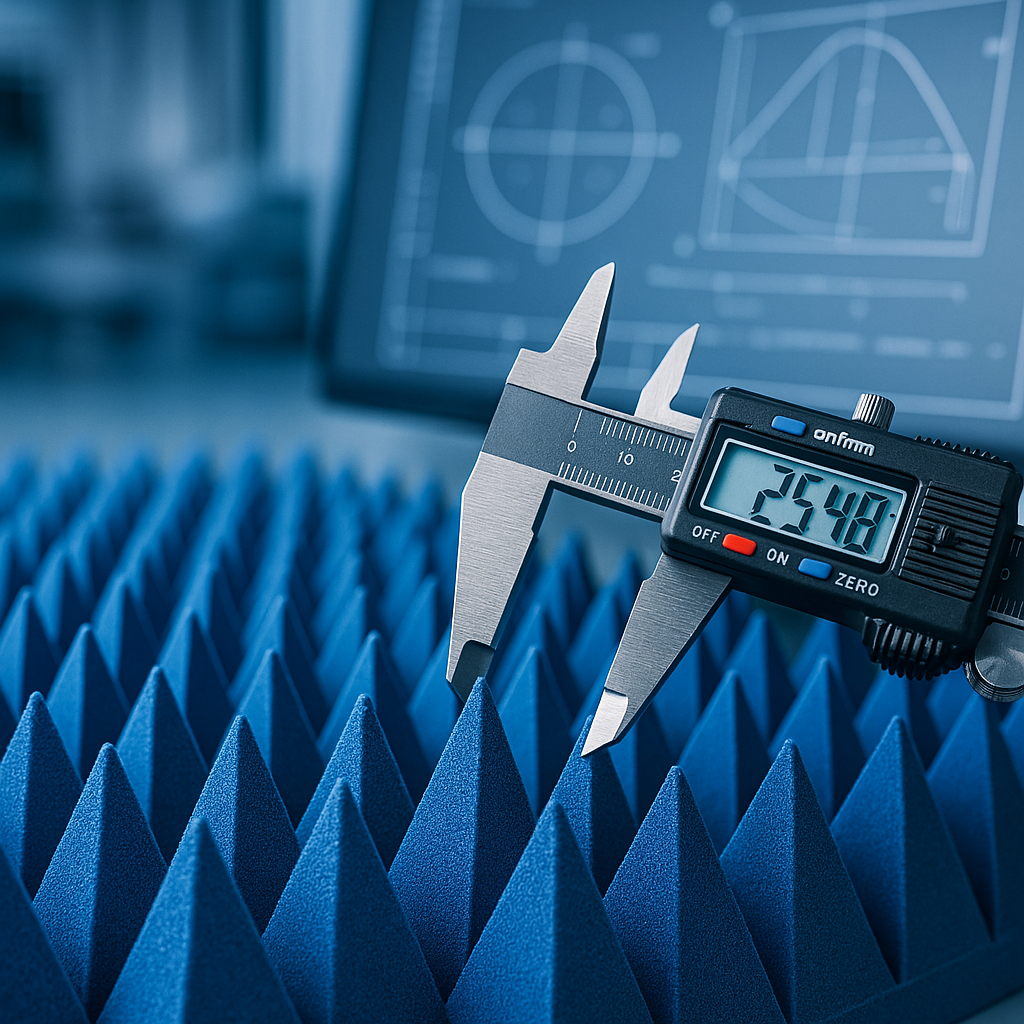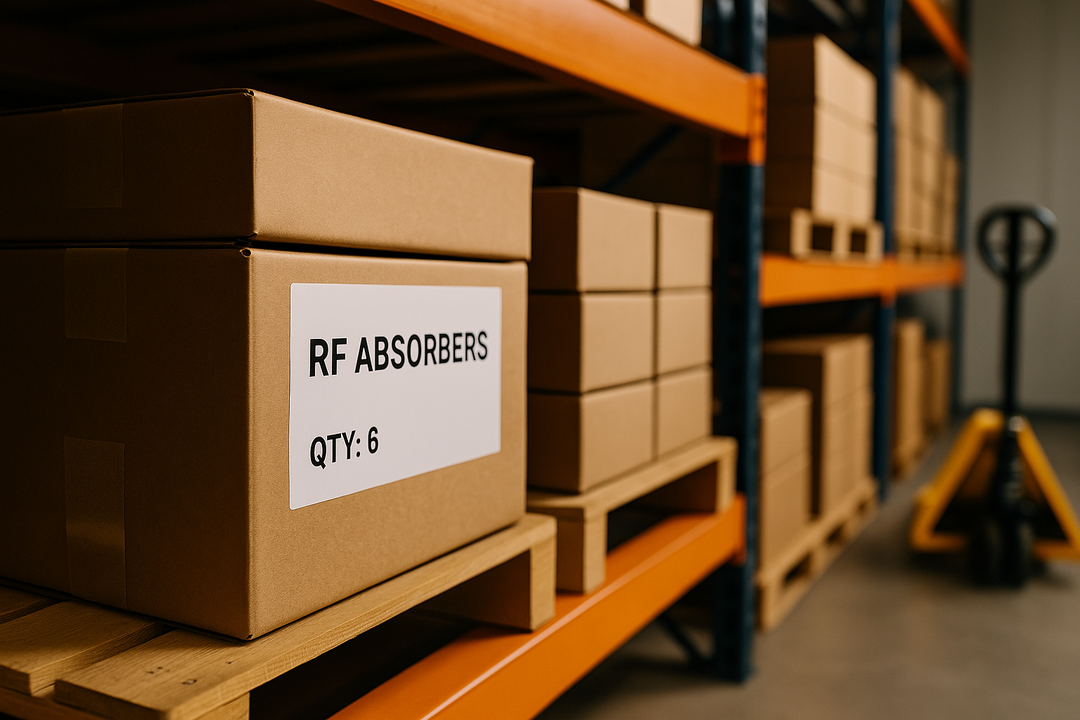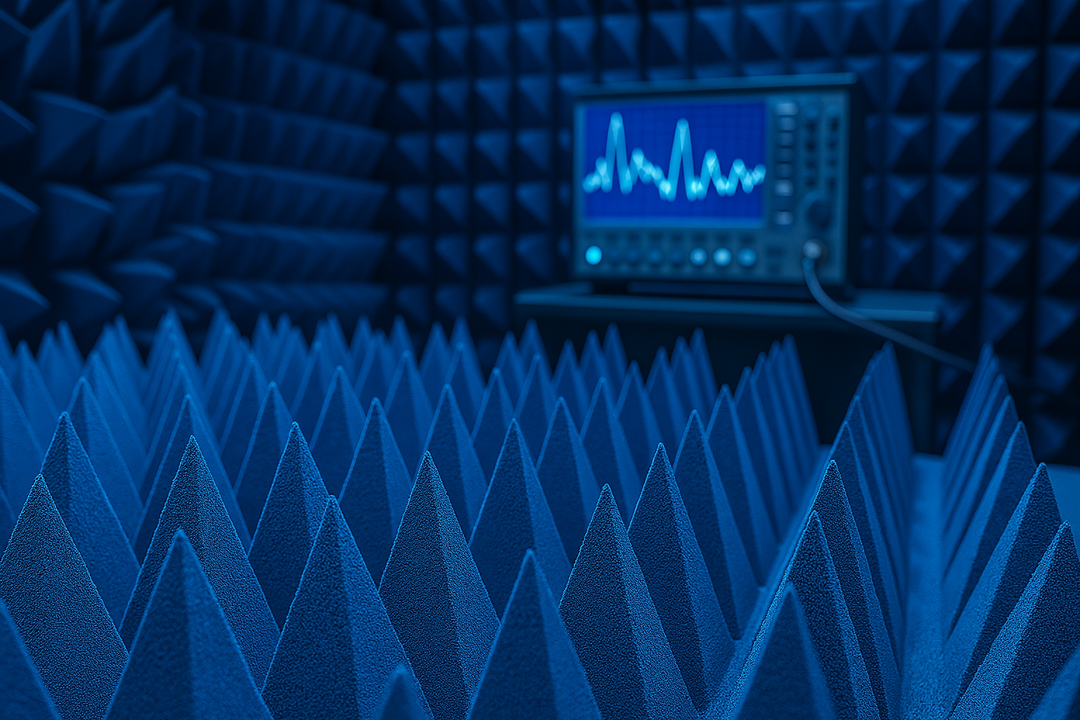The Role of RF Anechoic Chamber in Enhancing Signal Accuracy and Testing
The Role of RF Anechoic Chamber in Enhancing Signal Accuracy and Testing
In the modern age of wireless communication, the accurate testing and measurement of radio frequency (RF) signals is essential for developing high-performance electronic devices. RF anechoic chambers play a crucial role in achieving this accuracy. These specialized environments eliminate external interference and reflections, providing a controlled space where engineers can precisely test antennas, wireless devices, and communication systems. This article explores how anechoic chambers enhance signal accuracy and testing, ensuring the development of reliable, compliant electronic equipment.
Introduction to RF Anechoic Chambers
An RF anechoic chamber is a specially designed, electromagnetically shielded room used to test the performance of electronic devices by simulating real-world electromagnetic conditions. The key characteristic of these chambers is their ability to absorb radio waves and prevent reflections, creating a noise-free environment for testing. The term "anechoic" means "without echo", reflecting the chamber's design to eliminate any electromagnetic wave reflections that could interfere with accurate testing.
The primary purpose of an RF anechoic test chamber is to measure electronic devices' emissions and immunity to external electromagnetic interference (EMI). Providing a controlled and isolated environment allows for precise measurements of how devices perform under ideal conditions without the impact of external noise or interference.
Importance of RF Anechoic Chambers in Testing
Anechoic chambers are crucial for various testing scenarios, especially when high precision is required. Ensuring that electronic devices meet electromagnetic compatibility (EMC) standards is paramount in fields such as telecommunications, aerospace, automotive, and defense. An RF anechoic chamber provides the ideal setting for conducting tests requiring high signal accuracy, including antenna performance, receiver sensitivity, and signal strength measurements.
In traditional test environments, external factors like nearby electronic devices, weather conditions, and environmental noise can distort the results, leading to inaccurate readings. Anechoic chambers eliminate these variables, providing a consistent and controlled testing environment.
How Anechoic Chambers Enhance Signal Accuracy
Eliminating External Interference
One of the primary advantages of using an RF anechoic chamber is its ability to block external electromagnetic interference. The chamber is designed with materials that absorb radio waves, preventing them from bouncing back and causing reflections. This feature is particularly important in testing scenarios where the accurate measurement of weak signals is required. For instance, in antenna testing, even the smallest interference could affect the measurement of radiation patterns or signal strength.
By eliminating reflections and external noise, anechoic test chambers enable engineers to obtain highly accurate data about a device's performance, such as its radiation pattern, gain, and efficiency. Without the presence of unwanted signals, the results obtained from these chambers are much more reliable than those from traditional testing environments.
Testing with Precision and Repeatability
Anechoic chambers offer a level of precision and repeatability that is difficult to achieve in open-air testing. Since the environment inside the chamber is tightly controlled, the results are reproducible, which is crucial for comparing different devices or testing the same device under varying conditions. The chamber's design ensures that there are no environmental variables to skew the results, allowing for consistent measurements over time.
For example, when testing a new antenna design, it is essential to ensure that external factors do not affect the performance measurements. The RF anechoic chamber ensures that the antenna's radiation pattern, polarization, and gain are accurately assessed without interference from external sources, such as nearby devices or buildings.
Conducting EMC Testing
EMC testing is a critical part of the product development process for electronic devices. It ensures that a device will not cause interference to other devices or be susceptible to interference from external sources. Anechoic chambers provide the ideal environment for conducting emissions and immunity testing.
-
Emissions Testing: This type of testing measures the unintended electromagnetic radiation emitted by a device during its operation. By testing within an RF anechoic test chamber, engineers can ensure that a device complies with industry standards and does not interfere with other electronic systems.
-
Immunity Testing: Immunity testing evaluates how well a device can withstand external electromagnetic interference. In an RF anechoic chamber, a controlled RF environment allows engineers to expose devices to electromagnetic waves from various frequencies, ensuring they can operate reliably even in the presence of other signals.
Antenna Testing and Characterization
Anechoic chambers are used extensively in antenna testing. These chambers allow engineers to evaluate antenna performance in a controlled, interference-free environment. They can also precisely measure antenna radiation patterns, gain, efficiency, and polarization without external disturbances.
-
Radiation Pattern Measurement: The RF anechoic chamber provides a setup where engineers can measure the directionality of the antenna's radiation, ensuring that the antenna radiates as designed.
-
Gain and Efficiency Testing: The chamber's environment allows for accurate antenna gain and efficiency measurements, which are essential for ensuring optimal performance in wireless communication systems.
As wireless communication devices become more advanced, especially with the rise of 5G and IoT, accurate antenna testing becomes even more important. Anechoic chambers ensure antennas perform as expected, delivering high-quality signals without interference.
Applications and Future of RF Anechoic Chambers
Applications in Various Industries
Anechoic chambers have a broad range of applications across different industries, particularly in telecommunications, automotive, aerospace, and defense.
-
Telecommunications: In this industry, ensuring that mobile phones, base stations, and other wireless devices meet EMC standards is essential for maintaining network reliability. Anechoic chambers provide a controlled environment for testing these devices, ensuring that they can operate without causing interference to other equipment.
-
Automotive Industry: With the rise of connected vehicles and autonomous driving technologies, Anechoic chambers are used to test the electromagnetic compatibility of vehicle communication systems, sensors, and radar equipment. These tests ensure that the vehicle's communication systems operate efficiently without interference from other devices.
-
Aerospace and Defense: The aerospace and defense industries use anechoic chambers to test communication systems, radar, and navigation equipment. In these critical applications, precise measurements and reliability are essential, making RF anechoic chambers indispensable for ensuring the functionality of these systems.
The Future of Anechoic Chambers
As the demand for high-speed wireless communication increases, particularly with the development of 5G networks, anechoic chambers will play an even more important role in ensuring that devices and systems meet regulatory standards. The ongoing advancements in communication technologies, such as millimeter-wave frequencies and advanced antenna designs, will require even more sophisticated testing environments, further driving the need for anechoic chambers.
Additionally, with the growing complexity of communication systems and the increasing number of interconnected devices in the IoT ecosystem, RF anechoic chambers will be critical in testing new devices for electromagnetic compatibility and ensuring their proper functioning in dense, interference-prone environments.
Final Thoughts
In conclusion, an anechoic RF chamber plays a crucial role in enhancing signal accuracy and ensuring the proper functioning of electronic devices. These specialized chambers provide a controlled environment for testing devices in an interference-free space, ensuring they meet stringent electromagnetic compatibility standards. From antenna testing to EMC evaluations, RF anechoic chambers are indispensable in developing reliable, high-performance communication systems.
As technology continues to advance, the role of anechoic chambers will only grow more important, ensuring that electronic devices meet the ever-increasing demands for performance, reliability, and compliance in an increasingly connected world.
Looking for high-quality RF absorbers for your anechoic chamber? Browse our selection of pyramidal absorbers designed for optimal performance in testing environments.
This article was written by the RF testing experts at dB Absorber, specializing in high-performance absorbing materials for anechoic chambers and EMC testing facilities.


